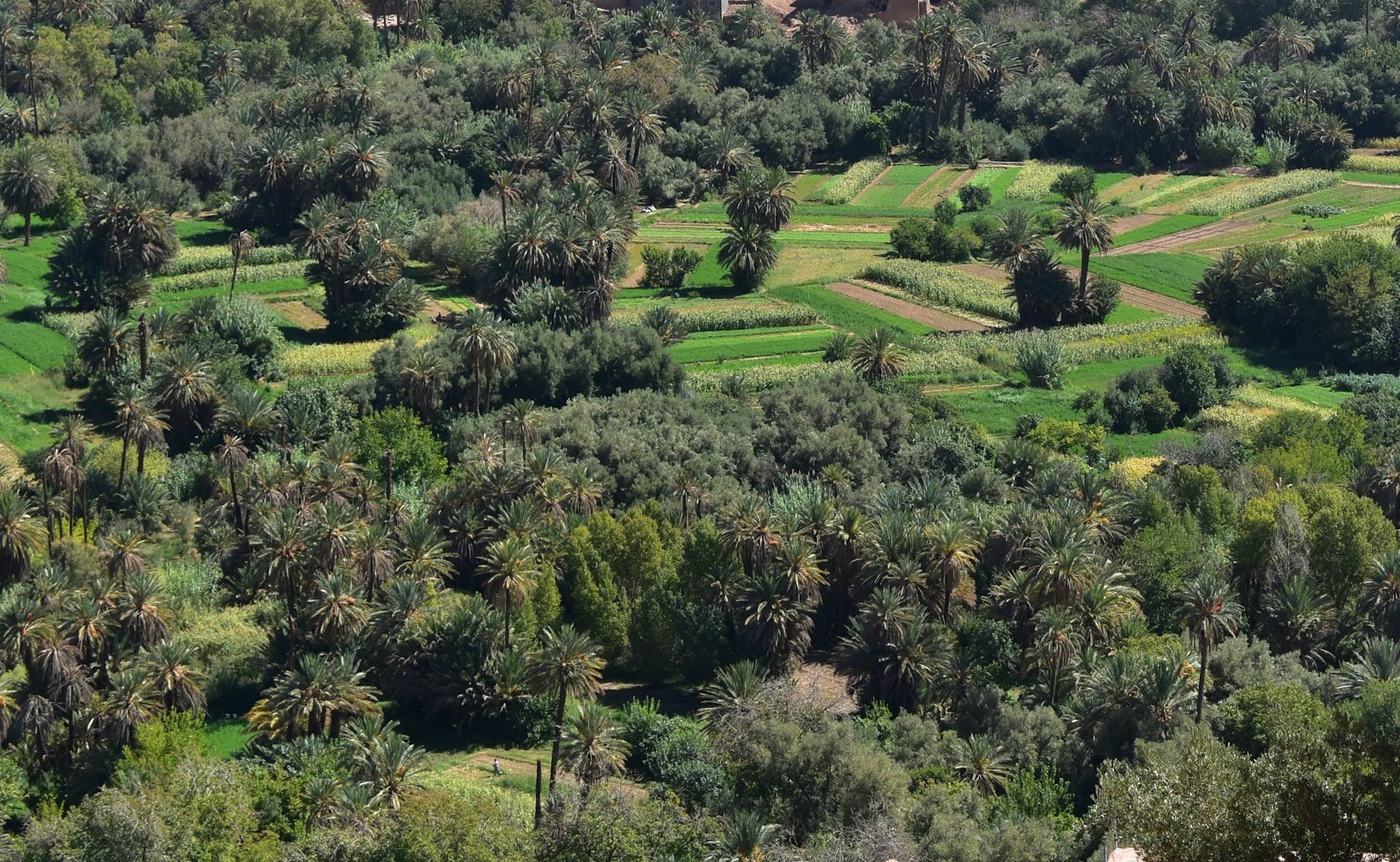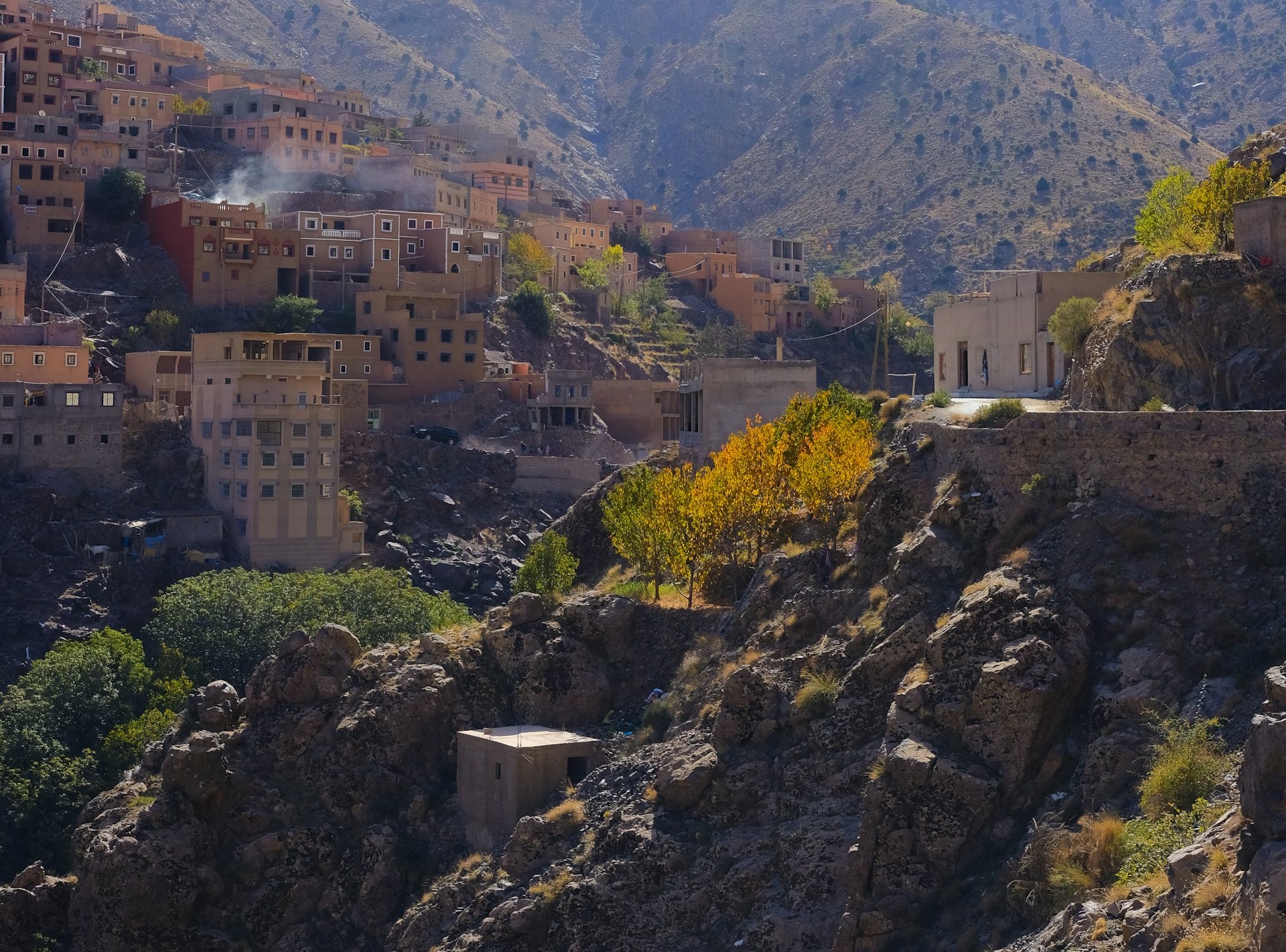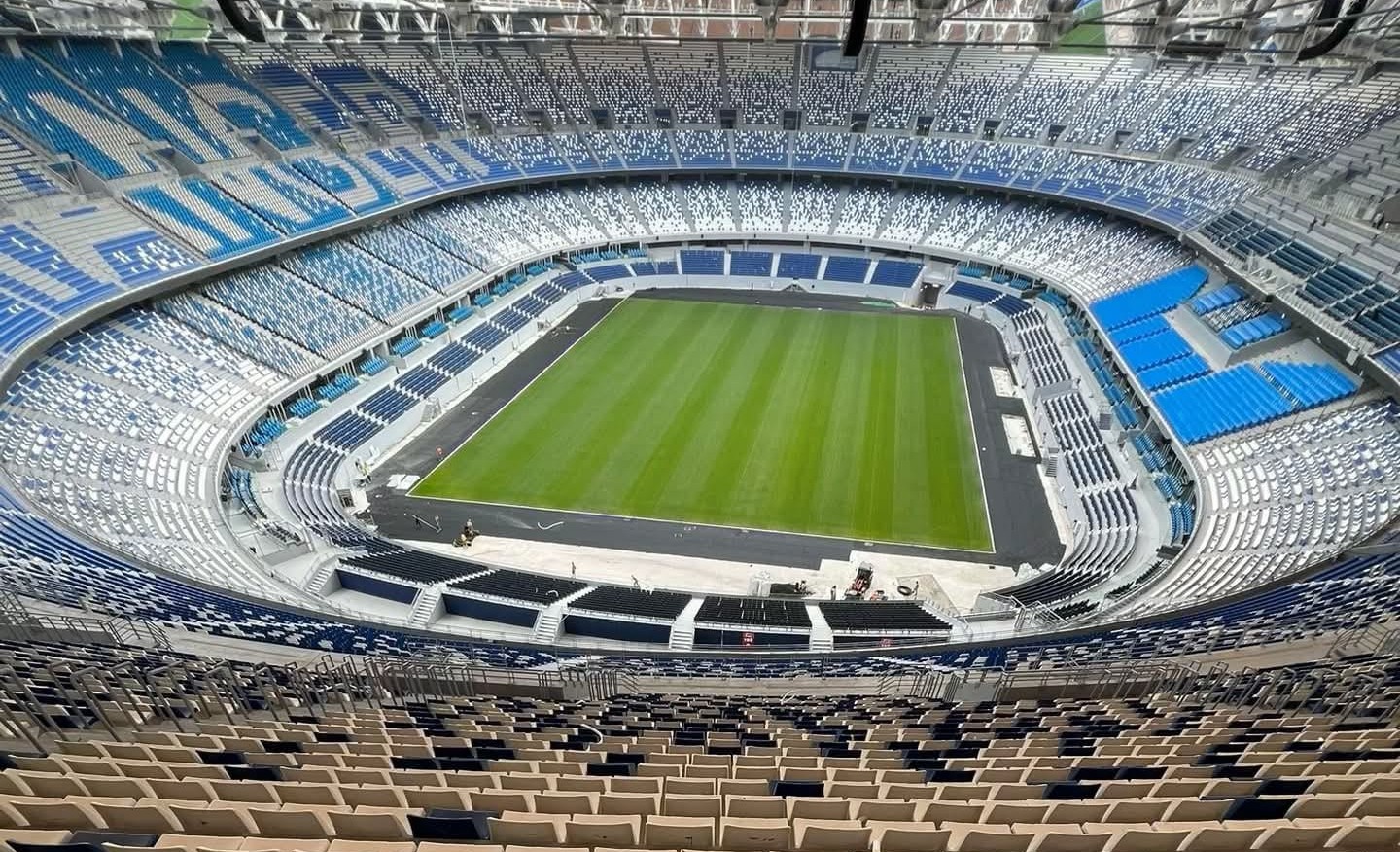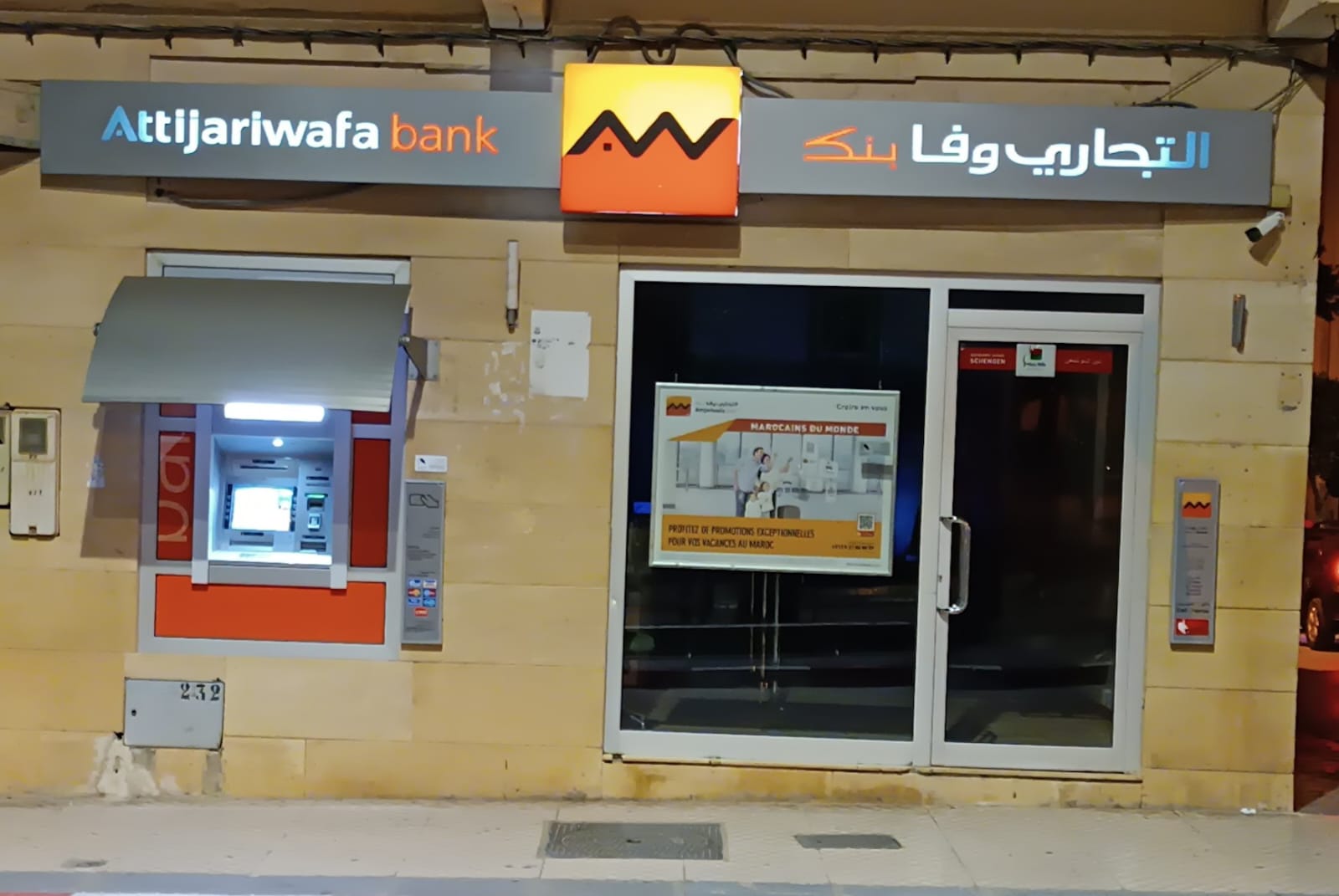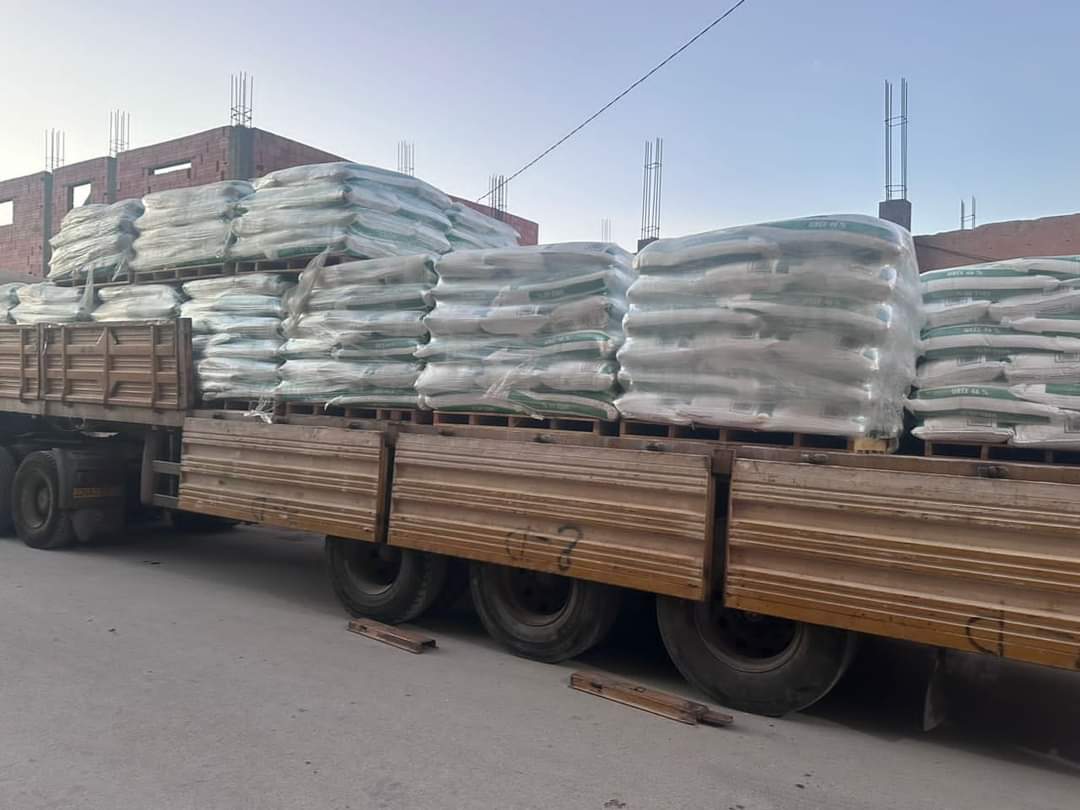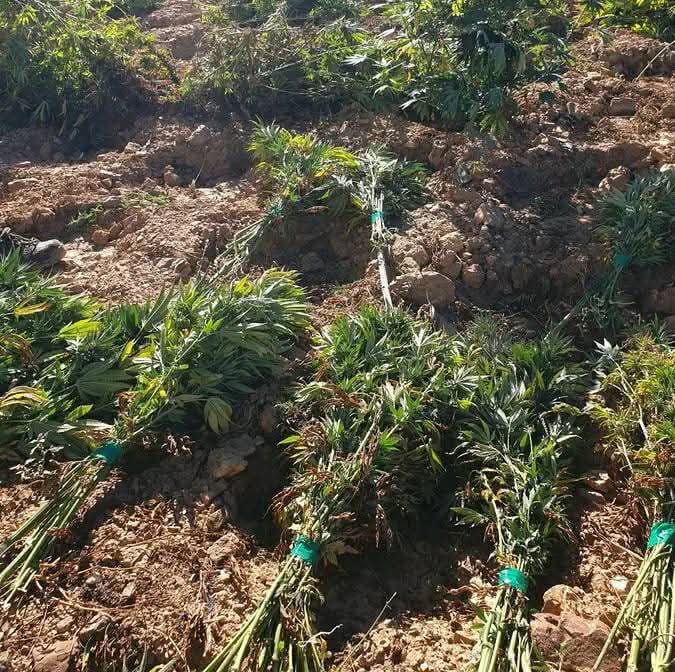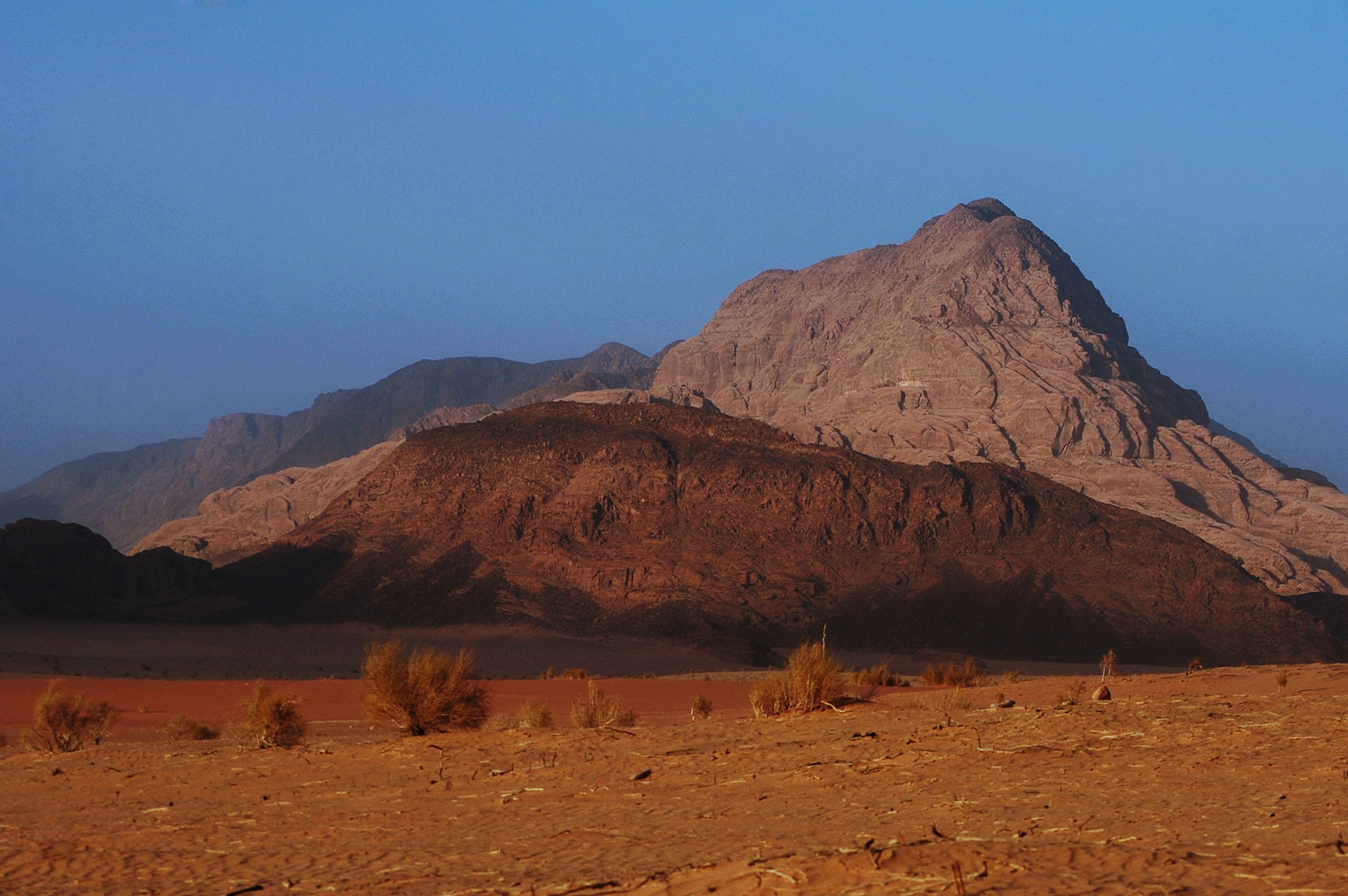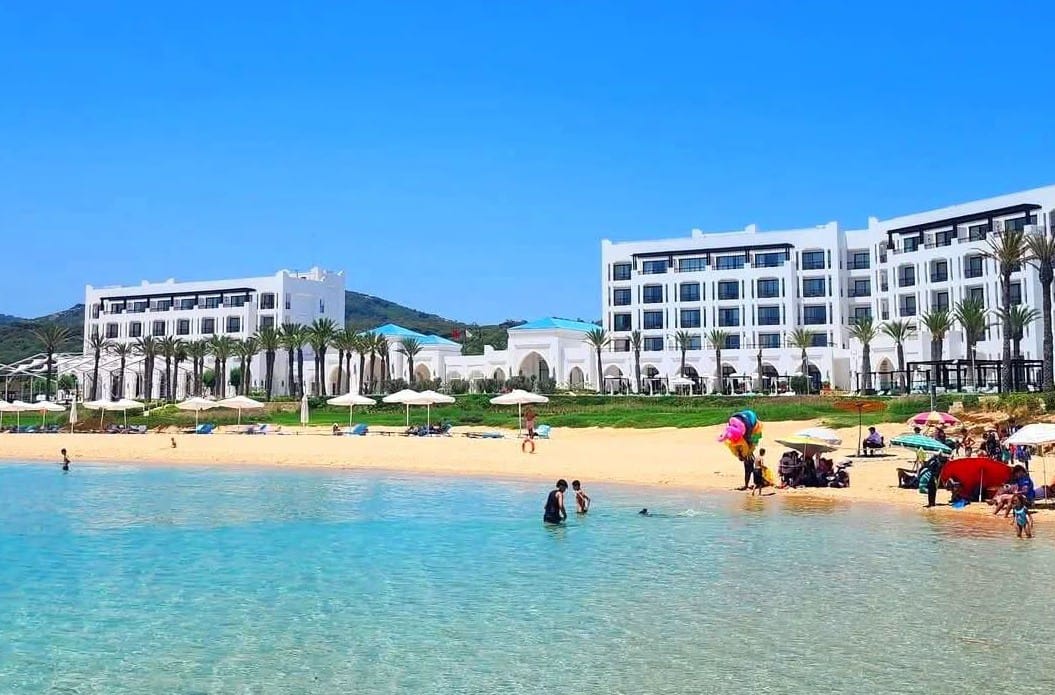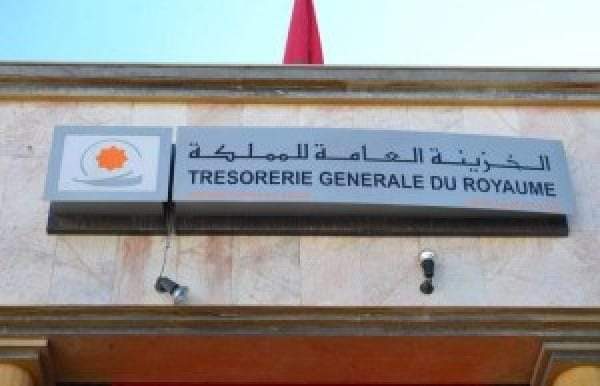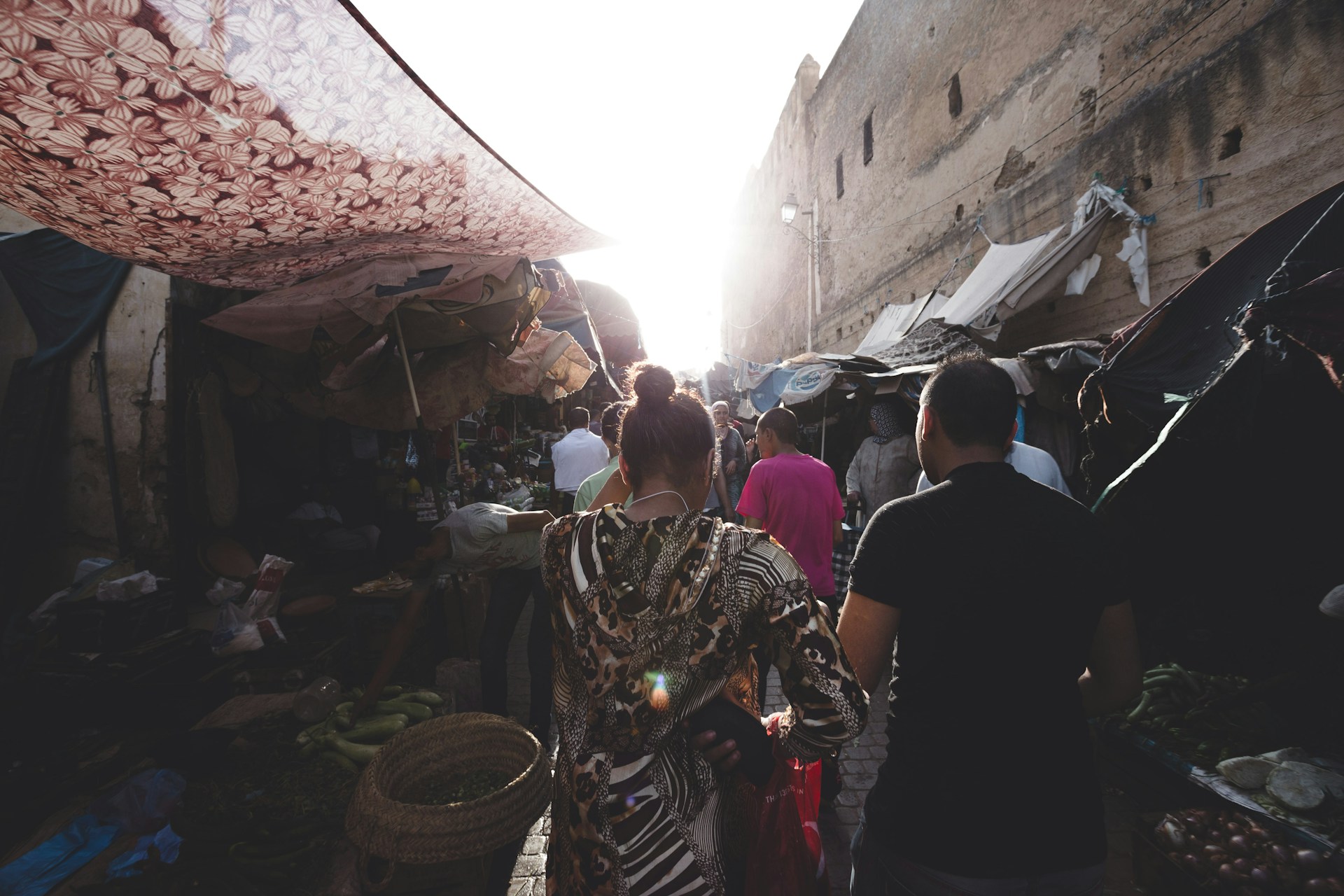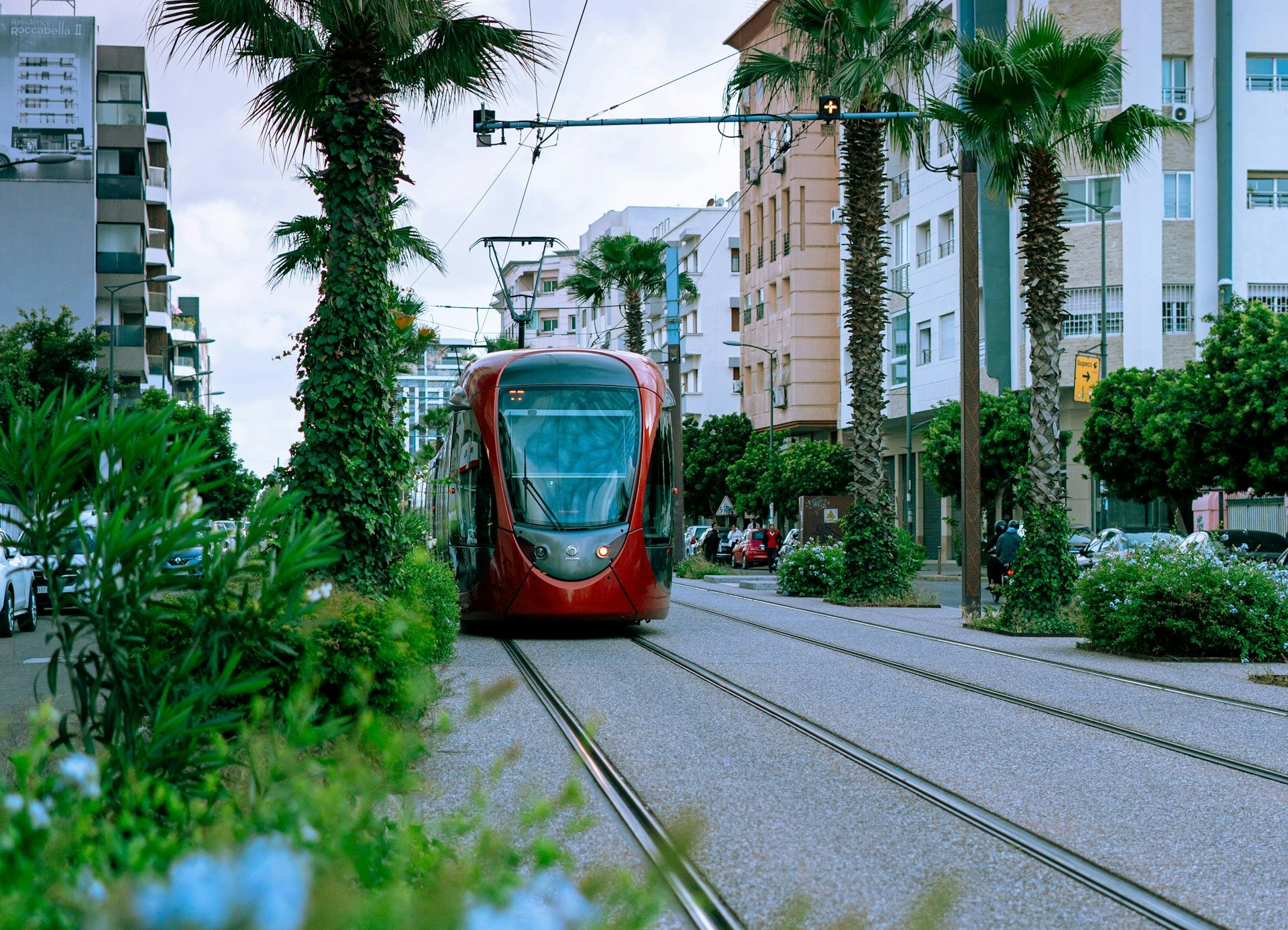Casablanca – Morocco’s banking sector continues to demonstrate resilience and stable expansion, as the country’s two leading financial institutions—Attijariwafa Bank and Banque Centrale Populaire (BCP)—reported solid performances for the first nine months of 2025. Both groups achieved notable profit growth, strengthened their balance sheets, and expanded their commercial activities, confirming the strategic importance of the banking sector in supporting the national and regional economy.
Attijariwafa Bank reports strong earnings and improved risk profile
Attijariwafa Bank closed the end of September 2025 with a significant increase in profitability. The bank’s net income attributable to the group reached roughly $855 million, compared with around $742 million during the same period in 2024, marking a 14.9% rise. Consolidated net profit also grew to approximately $990 million, up from around $866 million the previous year.
This improvement in profitability was supported by a solid commercial performance. Consolidated net banking income stood at about $2.72 billion, up 4.7%, and 7% at constant exchange rates. The bank recorded increases in both customer deposits and loans, growing by 8.6% and 5.4% respectively, reflecting its active contribution to economic financing in Morocco and in markets where it operates internationally.
Operational results were also robust. Operating income reached approximately $1.45 billion, a 10% increase compared with the same period in 2024. A key driver of this growth was a sharp reduction in the cost of risk, which declined by 18.7% to around $278 million. The cost-of-risk ratio improved to 0.78% of gross customer loans, strengthening the bank’s credit quality and risk management profile.
The group also reinforced its financial position. Consolidated equity rose to nearly $8.02 billion, up from around $7.19 billion a year earlier—a gain of 11.4%. This stronger capital base enhances the bank’s capacity to support future expansion while maintaining resilience against potential external shocks.
Banque Centrale Populaire maintains stable growth and operational efficiency
Banque Centrale Populaire also posted stronger results for the nine-month period ending September 2025, confirming its role as another cornerstone of Morocco’s financial landscape. Group net income rose by 9%, reaching roughly $443 million, compared with about $406 million during the same period in 2024. Consolidated net profit increased to almost $536 million, up 11% over the year.
The group’s net banking income amounted to around $2.10 billion, representing a 4.2% increase. This performance was driven by growth in retail banking revenue—including interest and fee income—and a 4.6% improvement in market-related activities.
BCP’s commercial activity remained on an upward trajectory. Gross customer loans reached approximately $33.08 billion, growing by 2%, while customer deposits exceeded $40.72 billion, marking a 3.5% increase. These figures reflect the continued confidence of households, businesses, and institutional clients in BCP’s widespread network and regional footprint.
Operational efficiency also improved. Operating expenses rose moderately to about $876 million, an increase of 2.6%. This controlled expenditure allowed BCP to enhance its cost-to-income ratio, which improved by 0.7 percentage points to 41.6%, signaling stronger operational discipline.
Risk indicators showed further progress. The cost of risk fell sharply by 16.4% to approximately $371 million, supported by proactive provisioning and effective recovery efforts. This improvement reduced the bank’s exposure to credit risks in a context marked by ongoing sectoral challenges.
A sector positioned for regional leadership
Taken together, the performances of Attijariwafa Bank and BCP highlight the resilience and strategic importance of Morocco’s banking system. Both institutions have managed to grow profits, strengthen capital buffers, and improve risk management despite persistent economic uncertainty at regional and global levels.
Their combined efforts contribute substantially to national economic financing through increased lending, higher deposit collection, and targeted expansion across Africa. Investments in digital transformation, modernization of services, and operational efficiency have further reinforced their competitiveness in an evolving financial environment.
As the Moroccan economy continues its recovery path, the strong performances of the country’s two largest banks underscore their capacity to balance profitability with prudent risk management—positioning them as key drivers of financial stability and sustainable growth.
